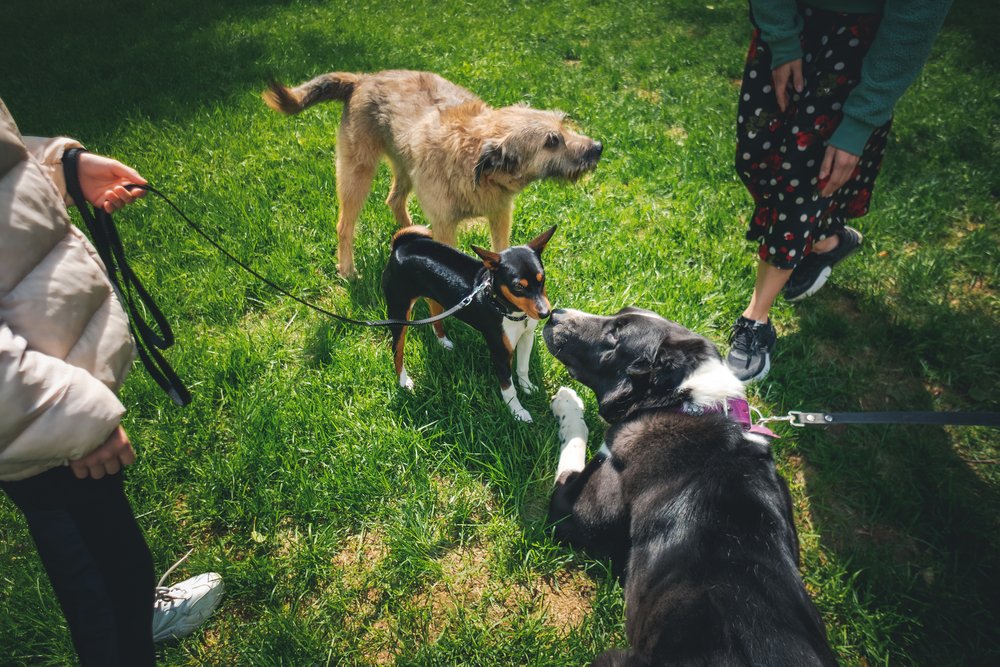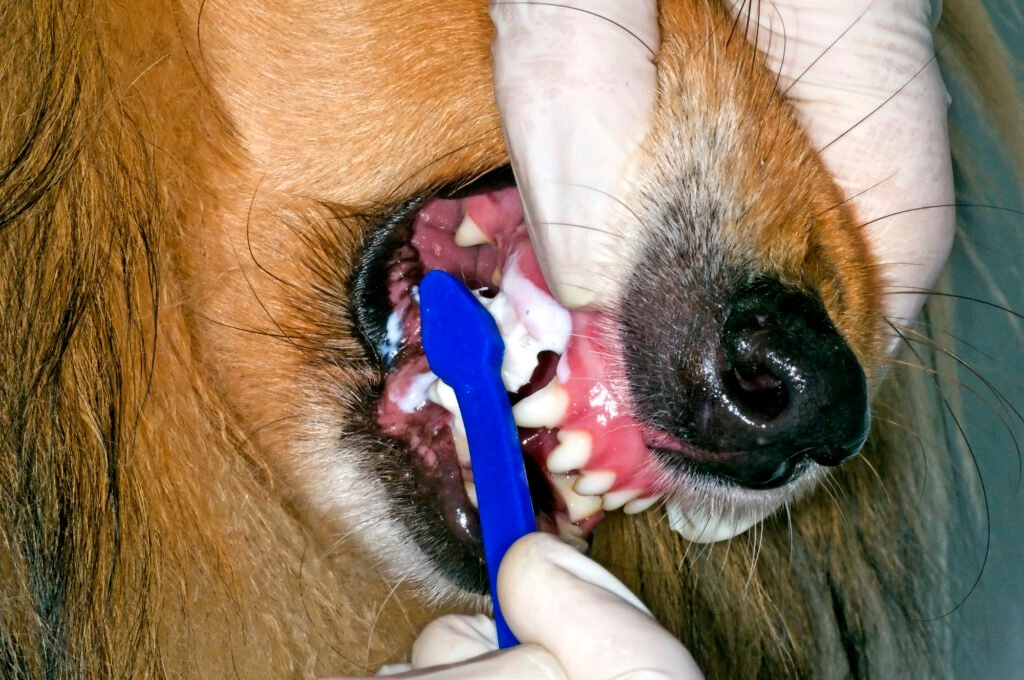Every dog owner dreams of giving their furry best friend the happiest, healthiest life possible. Whether it’s extra tail wags, brighter eyes, or a bounce in their step, a thriving pup is the ultimate goal. But are you doing everything you can to boost your dog’s wellbeing? From simple lifestyle changes to heartwarming bonding moments, we’ve rounded up ten paw-some ways to make your dog’s life even better. Let’s dive in and get those tails wagging!
1. Provide a Balanced Diet

Just like humans, dogs thrive on a balanced diet that meets their nutritional needs. Ensure that your dog’s meals consist of the right proportions of proteins, fats, carbohydrates, vitamins, and minerals. High-quality commercial dog food is formulated to provide a balanced diet, but it can be beneficial to supplement with fresh foods such as lean meats, veggies, and grains. Avoid feeding your dog foods that are toxic to them, such as chocolate, grapes, and onions. Regular consultations with a veterinarian can help tailor a diet plan specific to your dog’s individual needs.
2. Engage in Regular Exercise

Exercise is crucial for maintaining your dog’s physical and mental health. Regular physical activity helps prevent obesity, reduces anxiety, and improves cardiovascular health. The amount and type of exercise your dog needs depends on factors such as age, breed, and health condition. For example, high-energy breeds like Border Collies may require more extensive periods of play or running, while a small breed like a Pug might be content with shorter, brisk walks. Tailor the exercise routine to fit your dog’s needs and capabilities, and always keep it fun.
3. Practice Training and Mental Stimulation

Training isn’t just about teaching your dog obedience; it’s also about stimulating their mind. Dogs are intelligent creatures that enjoy learning and solving problems. Regular training sessions can help reduce behavioral problems and enhance your bond with your dog. Puzzle toys, scent games, and learning new tricks are excellent ways to engage your dog’s mind. Training also provides a sense of accomplishment and balance, enhancing their overall wellbeing.
4. Ensure Proper Socialization

Socialization is a key aspect of a dog’s behavior and emotional health. Introducing your dog to diverse environments, people, animals, and situations positively affects their ability to handle stress and minimize fear or aggression. Start slowly and ensure social interactions are positive experiences. Puppy socialization classes are a great start, but it’s a lifelong process, so keep exposing your dog to new experiences throughout their life.
5. Maintain Regular Veterinary Care

Regular veterinary check-ups are essential to catch potential health issues early and keep your dog up to date with vaccinations and parasite prevention. A routine visit generally includes a physical exam, dental check, nutritional assessment, and discussion about behavior and lifestyle. Your vet can also tailor a specific wellness plan, focusing on age-appropriate care for puppies, adult, and senior dogs.
6. Prioritize Dental Health

Dental care is a crucial yet often overlooked aspect of your dog’s health. Poor dental hygiene can lead to serious health issues including heart and kidney problems. Daily brushing is ideal, but even a few times a week can make a difference. Dental chews, toys, and specially formulated diets can also maintain oral health. Regular veterinary dental cleanings are recommended to tackle any buildup that brushing and other methods can’t remove.
7. Focus on Grooming Needs

Grooming is more than just aesthetics; it’s about maintaining your dog’s skin and coat health. Regular grooming prevents matting, reduces shedding, and allows you to check for parasites or skin conditions. The frequency and type of grooming depend on your dog’s breed. For example, long-haired breeds may need daily brushing, while short-haired breeds may fare well with less regular grooming. Bathing and nail trimming should also be part of a regular grooming regimen.
8. Provide a Safe and Comfortable Environment

A safe, comfortable environment contributes significantly to your dog’s wellbeing. Ensure that your dog’s living space is free from hazards and provides sufficient comfort with a cozy bed and room to explore. Temperature control is crucial; ensure their space is neither too hot nor too cold. Additionally, a dog-friendly home includes safe toys to keep them entertained and interested in their environment.
9. Offer Affection and Attention

Dogs are social animals that crave companionship and interaction. Regularly spending quality time with your dog by petting, playing, and talking to them boosts their mood and fosters a strong connection. This attention helps prevent feelings of loneliness or anxiety, promoting a sense of security and love. Each dog will have individual needs for attention, but ensuring they feel a part of the family enhances their happiness and emotional stability.
10. Monitor and Adapt to Aging Needs

As your dog ages, their needs will change. Adjust their diet, exercise, and healthcare routines accordingly. Older dogs might require less physical activity but more mental stimulation, special diets, or joint supplements. Veterinary visits may need to occur more frequently to keep up with potential age-related issues such as arthritis, vision and hearing loss, or cognitive decline. Being attentive to your dog’s changing abilities and modifying care accordingly will ensure a high quality of life in their senior years. In conclusion, a focus on these ten aspects of care can considerably enhance your dog’s wellbeing. By providing a balanced diet, regular exercise, mental stimulation, and consistent vet care, you’ll not only promote a healthier lifestyle for your furry friend but also enjoy the rewards of a happy, loving, and well-adjusted companion.

Esther is from India; the heartbeat of South Asia, holding a Master’s degree in Zoology and a postgraduate diploma in Animal Welfare. Her enthusiasm for animal welfare drives her passion and dedication to working for animals, ensuring their well-being, and advocating for their rights. With a solid academic background and hands-on experience, she is committed to making a positive impact in the field of animal welfare. In her free time, she enjoys embroidery and sewing. As a Chennaite from Tamil Nadu, Esther loves Bharathanatyam, an Indian classical dance form.





